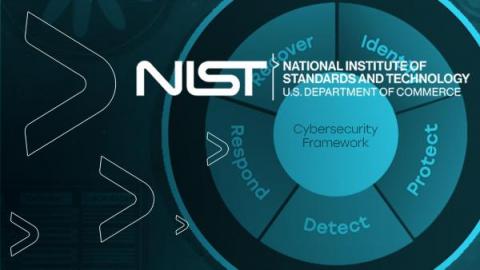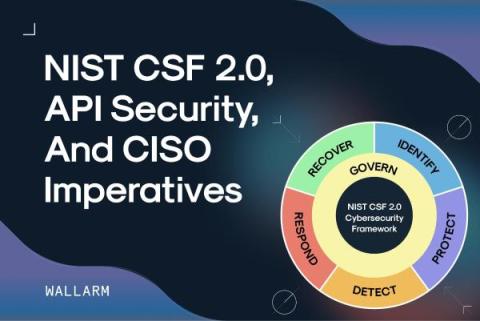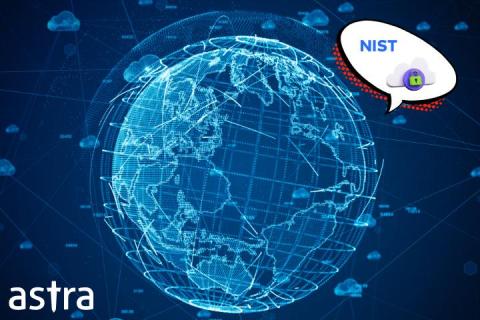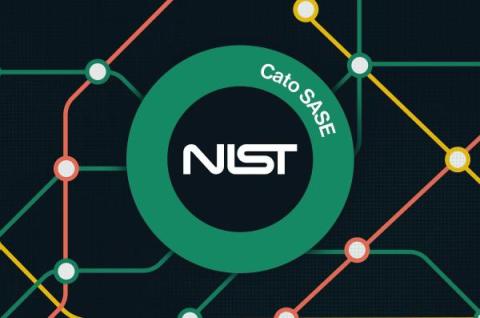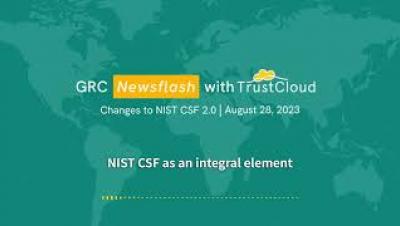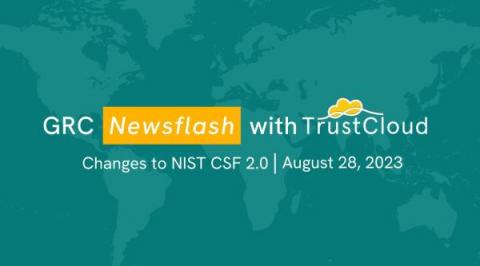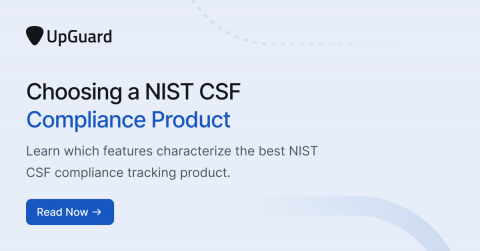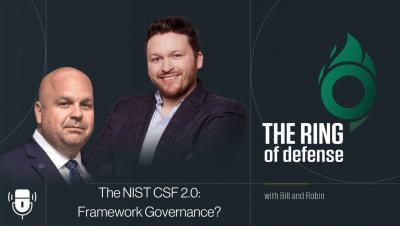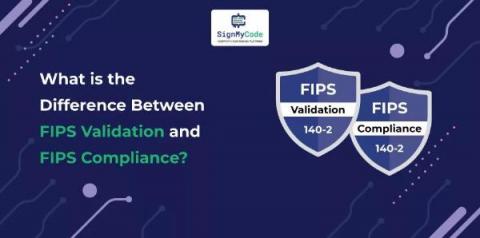Say Hello to the NIST CSF 2.0
In August, NIST released the final draft of the highly anticipated update to its Cybersecurity Framework (CSF). The final draft is likely very close to what the final version will be when NIST releases it in early 2024. Therefore, it’s worth becoming familiar with the draft and beginning to plan how to use the NIST CSF 2.0 as a tool to strengthen your own cybersecurity posture.


